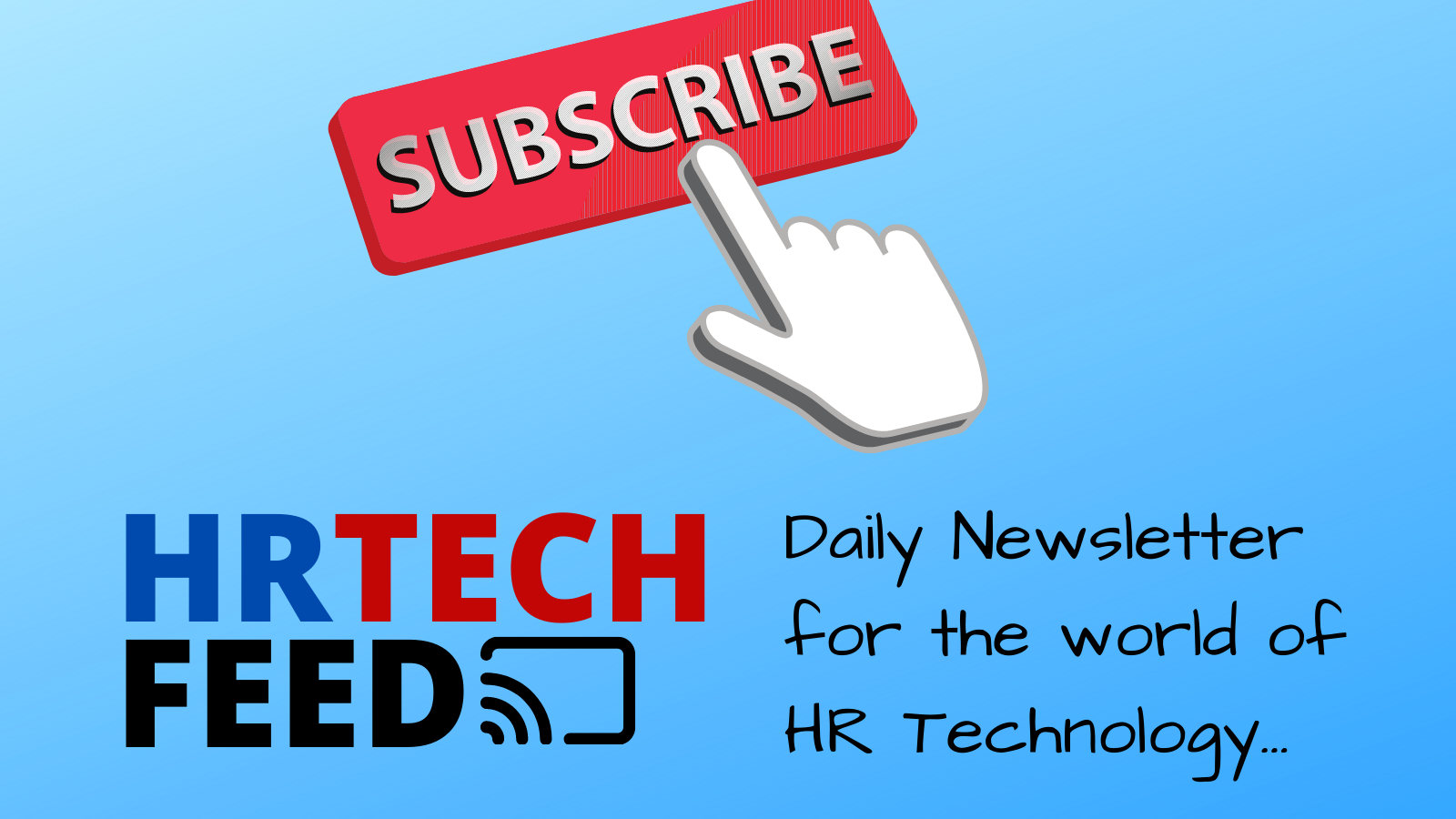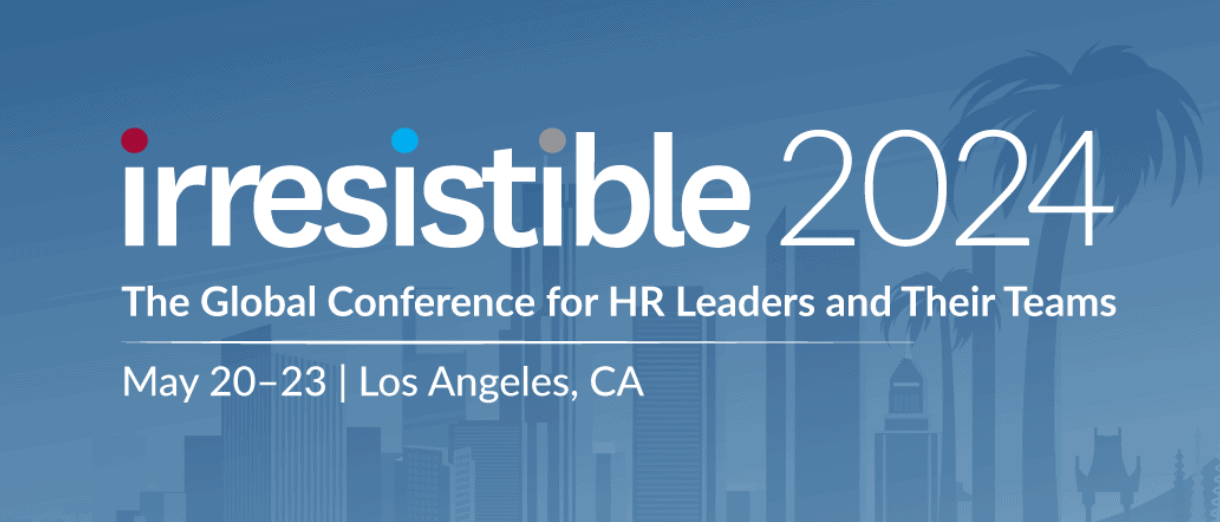When Hong Kong-based international airline Cathay Pacific took to the skies again after one of the most turbulent periods in aviation history, the company faced a new challenge on the ground: rebuilding its workforce post-pandemic for a world that had changed completely. Employees now wanted more than stability; they sought growth, purpose and flexibility.
Leading this transformation is Lynn See, regional head of People for South-East Asia and Oceania at Cathay Pacific, who believes that the key to Cathay’s future lies not only in operational recovery but in empowering people to thrive on their own terms.
The shift toward “flexible benefits in Asia-Pacific is gaining speed, driven by a workforce that increasingly expects employers to meet diverse and changing needs,” See told HRM Asia. Employees are seeking more career mobility and professional training, as well as flexible work, all of which Cathay pivoted toward.
“Together,” See says, “these enable our people to succeed both at work and in life.”
The shift toward flexible benefits in the Asia-Pacific region reflects a broader trend of employee expectations evolving beyond traditional compensation packages. As See notes, Aon’s Asia-Pacific Employee Benefit Trend Report highlighted that more than a third of employers are exploring flexible benefits to improve retention and attract talent in a competitive market.
See also: Visier expanding in Singapore with launch of AI lab
Cathay embraces this idea through initiatives like Work Your Way, a flexible work arrangement that allows employees to work from home two days a week.

“We recognize that saving time on commuting can make a big difference, whether it means more time with family or for themselves,” See explains. “Just as importantly, this initiative reflects the trust we place in our people, empowering them to manage their own time and deliver their best in the way that works best for them.”
For employees based in high-traffic cities, this flexibility has been especially well-received. Cathay has also extended flexibility to ground operations teams through shift swaps and ongoing reviews of shift patterns, balancing operational needs with employee wellbeing.
“Incorporating customization into benefits is not only about giving employees more choice,” she adds, “but also about responding to broader shifts in workforce expectations.” Personalization of benefits “enhances the employee experience but also makes [Cathay] a more attractive employer in a competitive talent landscape, with an adaptable spirit to respond to market and people demands.”
Purpose-driven work
Beyond flexibility, today’s employees increasingly want their work to align with a greater purpose. “The new generation of talent increasingly wants their work and benefits to connect with a greater sense of purpose, whether through sustainability, community engagement or volunteering,” See says.
Guided by Cathay’s core values of being thoughtful, progressive and having a “can-do” spirit, the organization runs several programs that support both its people and the communities it serves. One example is the I Can Fly program in South-East Asia, where employees volunteer their time to bring underprivileged youth out for a day of aviation learning and exploration.
“These experiences not only inspire our youth,” See says, “but also build a sense of pride and fulfilment within our teams.”
To ensure such initiatives continue to meet evolving needs, Cathay conducts employee engagement surveys and focus groups each year. “These help us to formulate our plans for the coming year and serve as an important litmus test to refine our approach, ensuring benefits remain both equitable and relevant,” she says.
From reaction to foresight: Building for the future
The lessons of the pandemic profoundly shaped Cathay’s people strategy today. “We’ve learned through the years that effective people strategies can’t just be reactive; they need to be built with agility and foresight,” See says.
The pandemic brought significant operational standstills and workforce disruptions, forcing Cathay to rethink how to resume operations at scale while safeguarding employee wellbeing. “As we emerged, the focus shifted to rescaling quickly without losing sight of organizational stability or the wellbeing of our people,” she says. “It’s not only about remaining market-competitive to attract talent in the short term; it’s also about creating structures that are financially viable, agile and supportive over the long term.”
A key part of that, See says, is maintaining constant dialogue with leaders and employees to co-create solutions that balance individual aspirations with organizational viability. The organization has introduced professional progression programs to continue developing its people, while investing in early-career and graduate programs to build future talent pipelines.
“We are not only meeting today’s hiring demands,” she notes, “but also nurturing the next generation of aviation professionals who will sustain our growth for years to come.”
Retaining the human touch
As Cathay continues to adopt automation and digital standards, See views technology as an enabler—not a replacement—for human capabilities. “At Cathay, the rise of AI and automation isn’t viewed as an endpoint but as a catalyst, something that allows us to reimagine what success means and reshapes how we reward performance,” she says.
To ensure that uniquely human qualities are still celebrated, Cathay created the Work Well Done platform, which encourages employees to recognize each other for exemplifying the organization’s core values. This daily recognition leads to the annual Betsy Awards, honoring outstanding employees across the organization.
“The aim of this is really to inspire us to give our best to achieve our shared vision of becoming one of the world’s greatest service brands,” See says. “This makes the awards not just a platform for recognition, but a driver of engagement, learning and culture across the organization.”
As Cathay looks to the future, its purpose—to Move People Forward in Life—extends beyond its customers to its employees as well.
“Our people strategies aren’t just about achieving business goals—they’re about cultivating an organizational culture where every employee feels empowered, supported and connected to the broader vision of the organization,” See says.






















